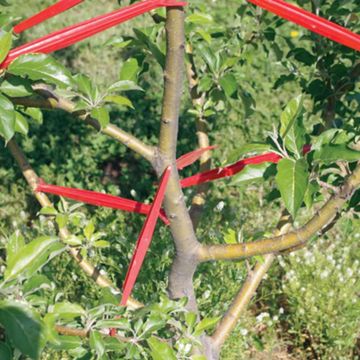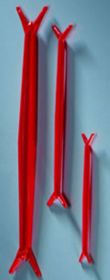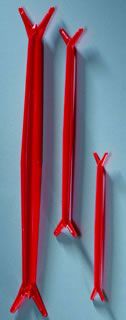Limb Spreader Collection
Save!
$13.99
Each
Description
The gardener’s limb-spreading tool kit. This money-saving collection contains three different sizes of limb spreaders, all handy in getting your tree’s canopy structure just right. Gently wedge these sturdy, lightweight plastic limb spreaders between a tree’s young, pliable branches and its trunk. Proper use helps encourage wider, stronger branch angles and improve fruit quantity and quality. Each collection includes 30 limb spreaders, 10 of each size.
Shipping Information
Estimated Delivery Date
This item is currently out of stock for 43215.









